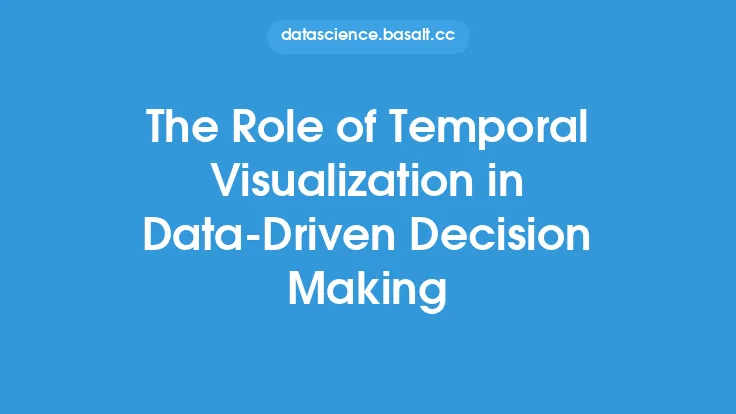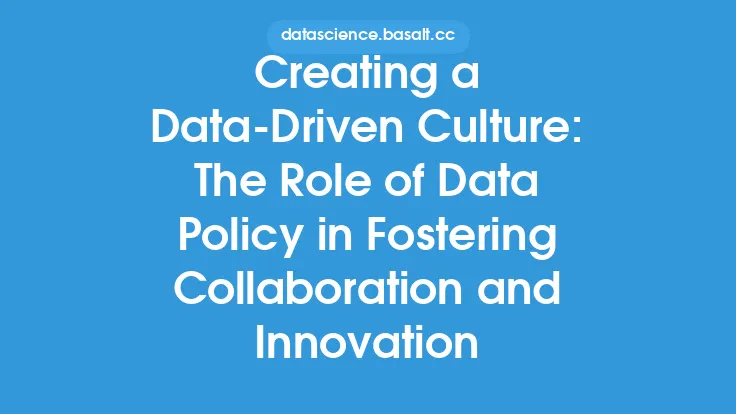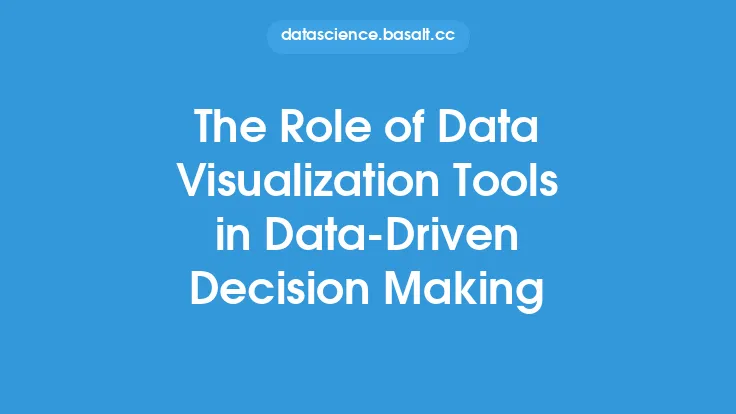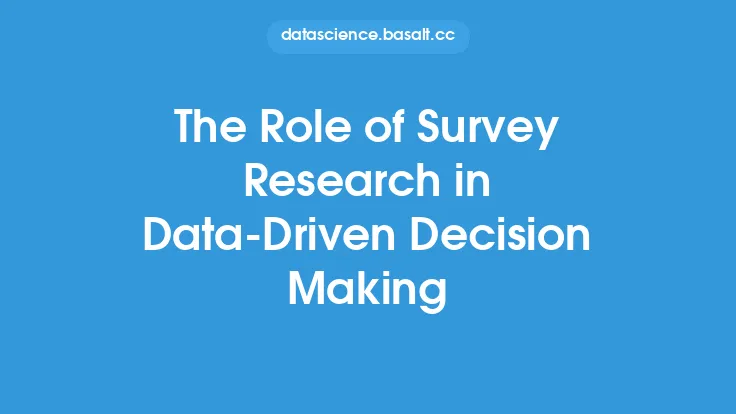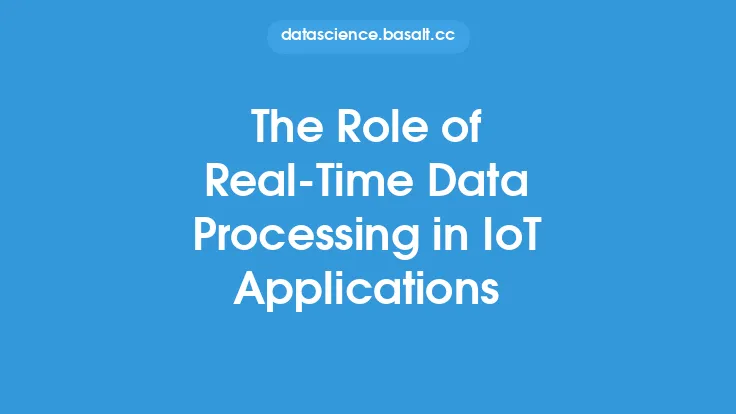In today's fast-paced, data-driven world, organizations are constantly seeking ways to stay ahead of the curve by leveraging their data to inform business decisions, drive innovation, and improve operational efficiency. At the heart of this endeavor lies data integration, a critical process that enables the combination of data from disparate sources into a unified, cohesive view. This process is essential for organizations to unlock the full potential of their data, as it allows them to break down data silos, enhance data quality, and facilitate the free flow of information across different systems, applications, and departments.
Introduction to Data Integration
Data integration is a broad term that encompasses a range of techniques, tools, and methodologies used to combine data from multiple sources into a single, unified view. This can include data from various databases, applications, files, and even external data sources such as social media, IoT devices, or cloud services. The goal of data integration is to provide a comprehensive and accurate view of an organization's data, which can then be used to support business intelligence, analytics, reporting, and decision-making. Data integration involves several key steps, including data ingestion, data processing, data transformation, data quality checks, and data storage. Each of these steps plays a critical role in ensuring that the integrated data is accurate, consistent, and reliable.
Benefits of Data Integration
The benefits of data integration are numerous and far-reaching. By integrating data from disparate sources, organizations can gain a more complete and nuanced understanding of their business, customers, and operations. This, in turn, can lead to improved decision-making, enhanced customer experiences, and increased operational efficiency. Data integration also enables organizations to break down data silos, which can lead to a more collaborative and agile work environment. Additionally, data integration can help organizations to identify new business opportunities, optimize their operations, and reduce costs. Some of the key benefits of data integration include improved data quality, enhanced business intelligence, increased agility, and better decision-making.
Data Integration Techniques
There are several data integration techniques that organizations can use to combine data from disparate sources. These include ETL (Extract, Transform, Load), ELT (Extract, Load, Transform), and ESB (Enterprise Service Bus). ETL is a traditional data integration technique that involves extracting data from multiple sources, transforming it into a standardized format, and loading it into a target system. ELT is a more modern approach that involves extracting data from multiple sources, loading it into a target system, and then transforming it. ESB is a messaging-based approach that enables organizations to integrate data from disparate sources using a standardized messaging protocol. Each of these techniques has its own strengths and weaknesses, and the choice of technique will depend on the specific needs and requirements of the organization.
Data Integration Tools and Technologies
There are many data integration tools and technologies available, each with its own strengths and weaknesses. Some of the most popular data integration tools include Apache NiFi, Apache Beam, and Talend. These tools provide a range of features and functionalities, including data ingestion, data processing, data transformation, and data quality checks. They also support a range of data sources and targets, including databases, files, and cloud services. In addition to these tools, there are also many data integration technologies available, including data virtualization, data warehousing, and data lakes. Data virtualization enables organizations to integrate data from disparate sources without physically moving the data. Data warehousing involves storing data in a centralized repository, where it can be easily accessed and analyzed. Data lakes, on the other hand, involve storing raw, unprocessed data in a scalable and flexible repository.
Data Integration and Data Governance
Data integration is closely tied to data governance, which involves the policies, procedures, and standards that organizations use to manage their data. Data governance is critical to ensuring that data is accurate, consistent, and reliable, and that it is handled in a way that is compliant with regulatory requirements. Data integration and data governance are interdependent, as data integration requires data governance to ensure that data is handled correctly, and data governance requires data integration to ensure that data is accurate and consistent. Some of the key aspects of data governance include data quality, data security, data privacy, and data compliance. Organizations must ensure that their data integration processes are aligned with their data governance policies and procedures, and that they are able to demonstrate compliance with regulatory requirements.
Data Integration and Cloud Computing
Cloud computing has revolutionized the way that organizations approach data integration, providing a scalable, flexible, and on-demand infrastructure for integrating data from disparate sources. Cloud-based data integration tools and technologies provide a range of benefits, including reduced costs, increased agility, and improved scalability. They also enable organizations to integrate data from a range of cloud-based sources, including cloud storage, cloud databases, and cloud applications. Some of the key cloud-based data integration tools and technologies include AWS Glue, Google Cloud Data Fusion, and Azure Data Factory. These tools provide a range of features and functionalities, including data ingestion, data processing, data transformation, and data quality checks. They also support a range of data sources and targets, including databases, files, and cloud services.
Conclusion
In conclusion, data integration is a critical process that enables organizations to unlock the full potential of their data. By combining data from disparate sources into a unified, cohesive view, organizations can gain a more complete and nuanced understanding of their business, customers, and operations. Data integration involves several key steps, including data ingestion, data processing, data transformation, data quality checks, and data storage. There are many data integration techniques, tools, and technologies available, each with its own strengths and weaknesses. Data integration is closely tied to data governance, and organizations must ensure that their data integration processes are aligned with their data governance policies and procedures. Cloud computing has revolutionized the way that organizations approach data integration, providing a scalable, flexible, and on-demand infrastructure for integrating data from disparate sources. As organizations continue to evolve and grow, the importance of data integration will only continue to increase, and it will be critical for organizations to invest in data integration tools, technologies, and techniques that can help them to unlock the full potential of their data.
